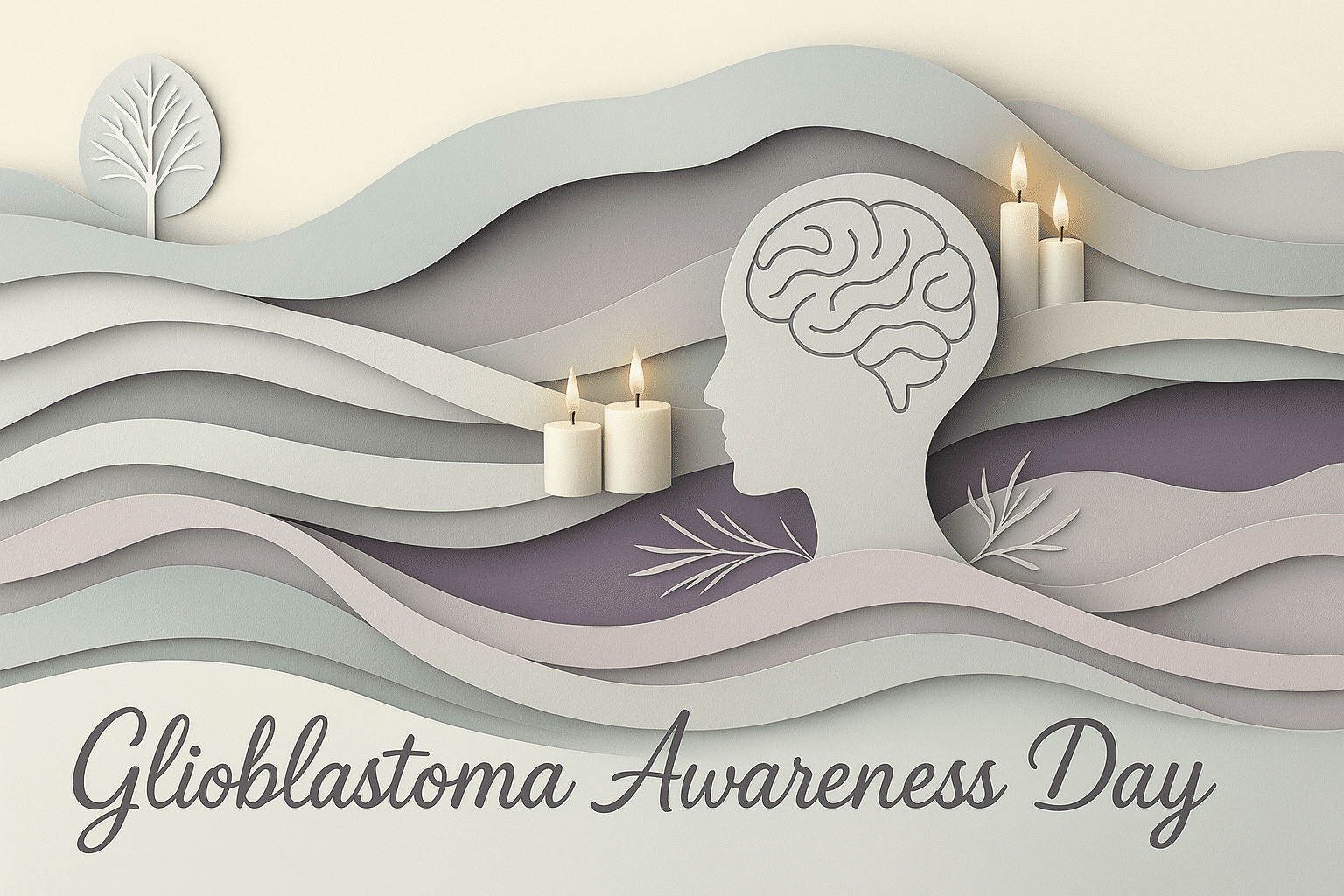What is Glioblastoma Awareness Day?
Glioblastoma Awareness Day is held every year in the United States on the third Wednesday of July. It draws attention to glioblastoma multiforme (GBM), the most aggressive and deadly form of brain cancer. This day honors patients, caregivers, medical professionals and researchers who confront this disease every day. It raises public awareness, promotes research and encourages open conversations about treatment and survival. The goal is to create more visibility for a cancer type that often receives too little attention.
Glioblastoma can affect people of all ages and is known for its rapid progression and limited treatment options. By dedicating a day to this condition, families and communities find support, connection and purpose. The day provides space for personal stories, medical updates and advocacy efforts. It is also a call for more funding and urgency in the fight against GBM. Glioblastoma Awareness Day is both a memorial and a movement.
History and Origin
Glioblastoma Awareness Day was established in 2019 by the United States Senate. The bipartisan resolution followed the death of Senator John McCain, who passed away from glioblastoma in 2018. His diagnosis brought new national attention to the disease and highlighted how few treatments were available. The first official observance took place on July 17, 2019, and it has been held annually ever since.
The creation of this day emphasized the need for more awareness and stronger research funding. Glioblastoma remains one of the least survivable forms of cancer, with few treatment breakthroughs in recent decades. Many advocacy groups, including foundations founded by patients or families, began to organize events around the date. Their goal is to educate the public and build support for medical advances. The Senate resolution gave their efforts an official platform.
Over time, Glioblastoma Awareness Day grew beyond the United States. International groups joined in, using the same day to launch local events or campaigns. Researchers, hospitals and patients now work together globally to find more effective therapies. The day has become a moment of unity for a community spread across continents. It reminds the world that rare and aggressive cancers also deserve recognition and resources.
Who participates in Glioblastoma Awareness Day?
- Patients and Survivors: People diagnosed with glioblastoma share their journeys and advocate for better treatment.
- Caregivers and Families: Loved ones raise awareness about the emotional and practical impact of living with GBM.
- Medical Professionals: Doctors, nurses and researchers use the day to educate and share developments in care.
- Advocacy Organizations: Nonprofits organize events and campaigns to support patients and fund new research.
- General Public: Individuals wear gray, attend events or share posts to show solidarity and support.
Slogans and Themes
Common slogans for Glioblastoma Awareness Day include “Defeat GBM,” “Hope for a Cure,” and “Together Against Glioblastoma.” These slogans focus on strength, unity and determination. The overall theme is one of resilience in the face of a difficult diagnosis. Many campaigns also use personal stories to emphasize human connection. The day is not only about raising money or awareness, but also about dignity, love and memory.
Colors, Symbols and Patterns
Colors
- Gray: Symbolizes brain cancer awareness and is widely used in ribbons and apparel.
- White: Represents hope and the commitment to medical progress.
- Black: Conveys the seriousness of the disease and the urgency for action.
Symbols
- Gray Ribbon: The universal sign for brain cancer awareness.
- Brain Icon: A reminder of where this cancer strikes and why research matters.
- Lightbulb: Stands for innovation, discovery and hope through science.
Patterns
- Ribbon Motifs: Used in visual materials to promote solidarity.
- Neural Networks: Reflect the complexity of the brain and challenges of treatment.
- Heartbeat Lines: Evoke the human struggle, emotion and will to survive.
Most Used Hashtags
- #GlioblastomaAwarenessDay
- #GBMDay
- #DefeatGBM
- #BrainCancerAwareness
- #HopeForACure
How do you celebrate Glioblastoma Awareness Day?
- Wear Gray: Show support by wearing gray clothes, ribbons or accessories throughout the day.
- Share a Story: Post online about a personal connection or share information about GBM.
- Attend a Local Event: Join a fundraiser, walk, webinar or remembrance service.
- Donate to Research: Support foundations that fund glioblastoma treatment and care.
- Distribute Information: Help educate others by handing out flyers or sharing verified facts.
Why is Glioblastoma Awareness Day important?
Glioblastoma Awareness Day draws much-needed attention to a disease that is often overlooked. It gives patients and families a chance to be seen and heard. By sharing knowledge and experiences, people help reduce stigma and increase public understanding. The day also fuels momentum for medical innovation and new clinical trials. It is a way to honor those who are fighting or have fought this devastating illness.
The observance also serves a broader purpose. It reminds society that rare diseases need attention, research and funding. Without public support, progress in treatment remains slow. Glioblastoma Awareness Day is a collective voice for change. It gives hope to those affected and challenges others to get involved.
Features
Third Wednesday of July: Glioblastoma Awareness Day (United States)
Why do you keep falling for the same type?
Read the article Lovemaps: the hidden blueprint of our love.

